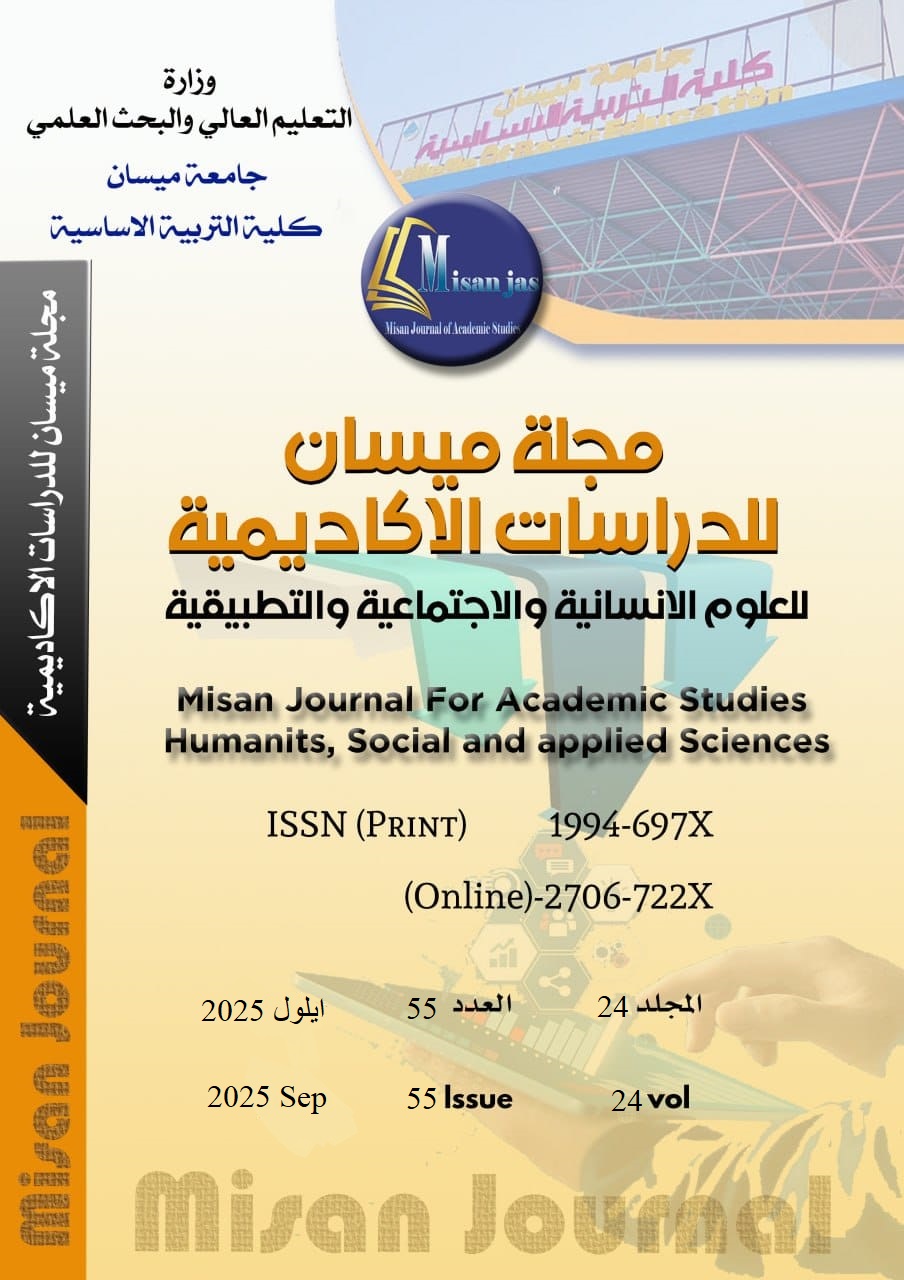Reptiton in Surah Ghafir, Fussilt, and Ash-shura- An Applied Study
الملخص
The Holy Quran has many unique characteristics and attributes, including its miraculous nature, which has baffled eloquent Arabs, both ancient and modern. Miraculousness has many facets, including eloquence, a unique style of composition, rhetoric, and... Among these characteristics is its use of repetition, which is considered one of the most profound types of miraculousness. Repetition in the Holy Quran is not in vain or without benefit, but rather comes to achieve benefits. The question here is: What are these benefits? This research seeks to address the issue of repetition in three surahs of the Holy Quran: Surat Ghafir, Surat Fussilat, and Surat Ash-Shura, and the rhetorical benefits achieved from it. The most important conclusion reached was that repetition in these surahs served lofty goals and objectives, including affirming specific contents, including the Oneness of God Almighty, His proof of the message, prophethood, and resurrection, and the arguments emanating from the polytheists... Repetition in these surahs varied between the repetition of letters, names, attributes, styles, content, and other elements.
التنزيلات
الحقوق الفكرية (c) 2025 مجلة ميسان للدراسات الأكاديمية (العلوم الانسانية والاجتماعية والتطبيقية)

هذا العمل مرخص حسب الرخصة Creative Commons Attribution-NonCommercial-NoDerivatives 4.0 International License.
تخضع جميع المقالات المنشورة في مجلتنا لشروط الترخيص
إسناد المشاع الإبداعي(CC BY-NC-ND 4.0)يسمح هذا الترخيص بإعادة إنتاج المحتوى وإعادة توزيعه وإعادة استخدامه كليًا أو جزئيًا لأي غرض مجانًا ، دون أي إذن من المؤلف (المؤلفين) أو الباحث او الطالب.
الأعمال المقدمة إلى مجلة ميسان للدراسات الاكاديمية للنشر في المجلة تخضع لشروط ترخيص(CC BY-NC-ND 4.0). حيث يمكن مشاركة المحتوى المتاح وتوزيعه وتكراره بشرط عدم وجود ربح تجاري ويجب منح الرصيد المناسب للمصدر الأصلي من خلال المصادر او الاستشهادات. من الضروري ومراجعة أي مواد تستخدم من مصادر أخرى بما في ذلك الأشكال والجداول والصور لإعادة استخدامها بموجب شروط ترخيص المشاع الإبداعي (CC BY-NC-ND 4.0). وبشرط عدم وجود تعديل على المحتوى الأصلي



